Collision repair instructors from across the country recently had the opportunity to attend a four-day training program at the new 3M™ Skills Development Center (SDC). Located in Saint Paul, MN, the multimillion-dollar, 15,000-square-foot training center anchors 3M’s vision to provide comprehensive training to the collision repair industry.
“The automotive aftermarket is a very important segment of our business and people look to us as a leader in this industry,” said Dave Gunderson, president of 3M’s Automotive Aftermarket Division. “Being a leader doesn't mean just selling the best products, but also responding to the needs of the industry and helping it grow.”
With a worldwide shortage of qualified technicians and increasingly complex vehicles being manufactured, 3M opened the SDC to bring awareness to the employment opportunities available in the industry, help instructors and technicians keep up with the latest technologies and ensure they are trained to repair vehicles properly.
The facility, located near the company’s headquarters, includes classrooms, a shop area with a 35-foot paint booth, workshop stations with electrical and air service, 12 welding stations and the latest equipment and tooling. Camera stations are set up through the classroom and shop areas to broadcast training sessions.
Unique Upskilling Opportunity for Instructors
Each summer for the past 13 years, 3M has invited collision repair teachers to apply to its Collision Repair Academy Collision Repair Instructor Training program held at the former training center on the 3M Campus. Since then, nearly 250 instructors, representing 185 schools across North America, have attended. The classes, offered at no charge, are designed to help upskill instructors to be in the best position to teach their students.
To apply for the program, prospective attendees share information about themselves, their collision repair programs and why they’d like to attend. The 3M team then rates the applications based on specific attributes.
“We really want to invite well-respected leaders who are impassioned about what they're doing in their organizations and want to support their students,” explained Gunderson. “We give priority to new teachers and instructors who have never attended before.”
This year, 32 instructors were asked to attend one of two four-day programs in late July and early August at the SDC.
Related: Collision Repair Instructors Share Insight About 3M Training
3M instructors---Shawn Collins, Ryan Marrinan and Jason Garfoot---“trained the trainers,” using hands-on methods to reinforce key concepts supported by classroom theory and discussion. The program covered 3M-developed best practices in foundational body repair processes supported by OEM repair documentation in the areas of body repair tools and application techniques, panel removal and replacement, welding, corrosion protection techniques, aluminum substrate repair, dent repair methodology, paint preparation and masking, and paint finishing.
Jason Scharton, senior manager, Global Expertise Delivery for the 3M Automotive Aftermarket Division, said 3M instructors encouraged participants to push their skills, challenge their experience, advance their craft and learn from experts to expand their collision repair knowledge.
An important aspect of the program was teaching instructors how to approach the curriculum in their schools to engage students so they understand the material based on 3M’s unique training approach, “The Science of Why.”
Attendees were taught the “why” behind modern repair methods to absorb and retain practices that may vary from how things have been done over the last 30 years.
Historically, information has been passed down to technicians based on how things have always been done. Rather than teaching students to repair vehicles a certain way because someone said to, 3M explains the reasoning behind the repair process and the relevant importance based on OEM guidelines.
“We want them to know what they are doing really matters,” said Gunderson. “It’s not just that the car appearance looks good, but it’s repaired properly and safe to drive.”
“By introducing the Science of Why and explaining the reasoning, it allows them to understand and retain information so their behaviors change,” said Scharton.
Not only did they receive in-depth training, attendees had an opportunity to bond with each other, Scharton said.
“It's fun to see those connections and how they supported each other,” he said.
Part of the week also included a custom painting and masking competition using speedshapes.
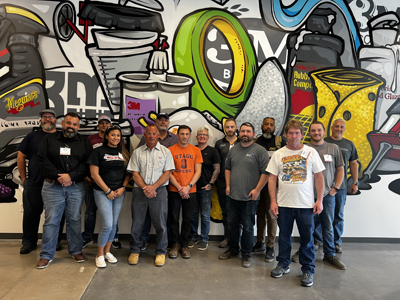
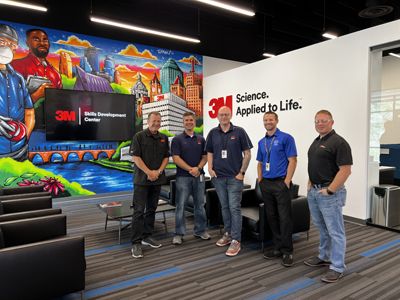
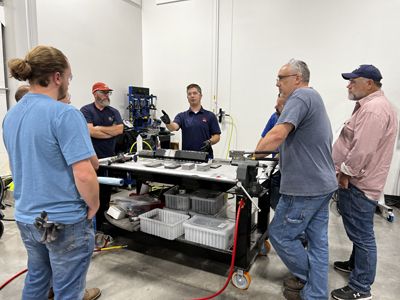
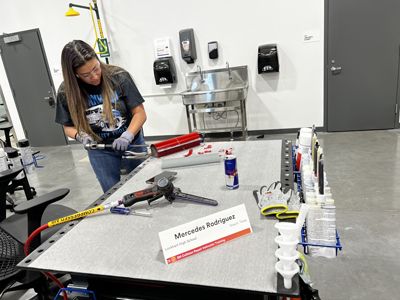
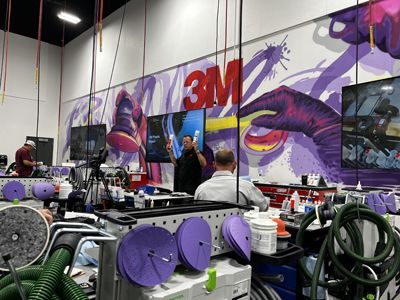
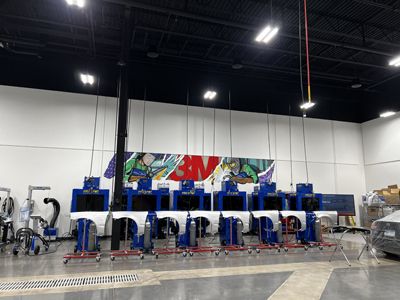
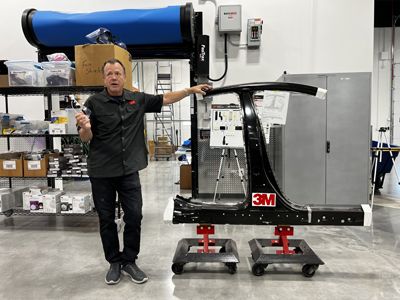
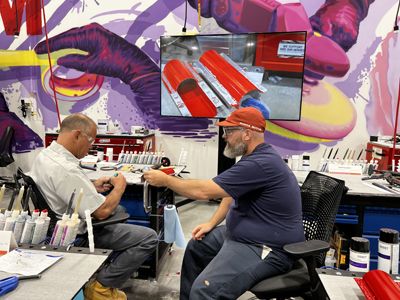
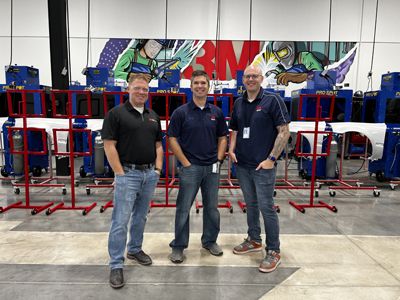
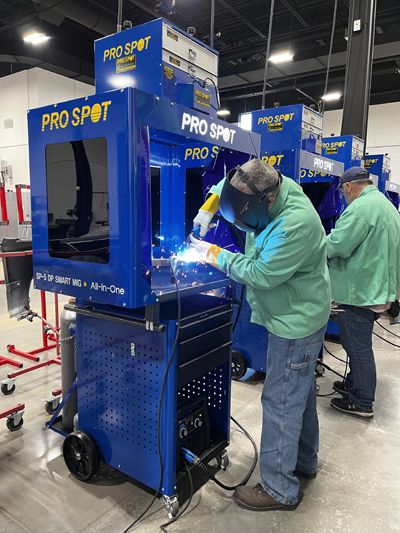
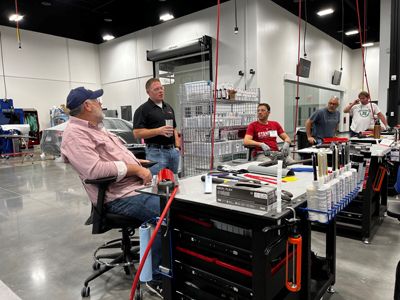
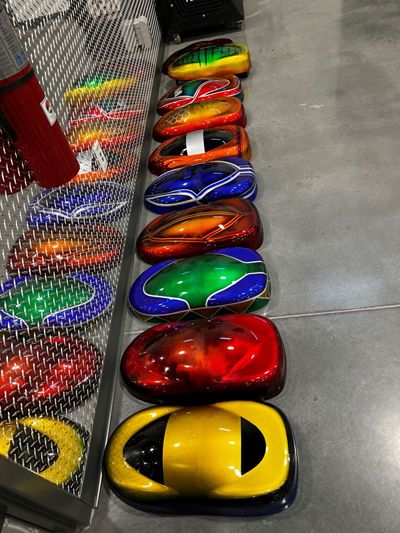
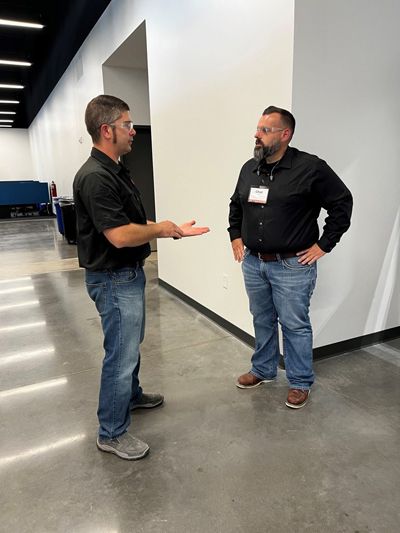
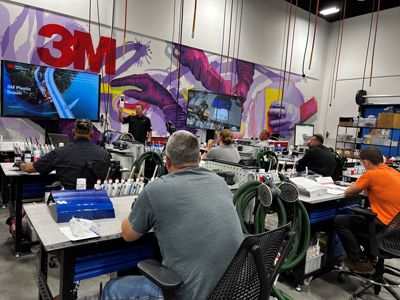
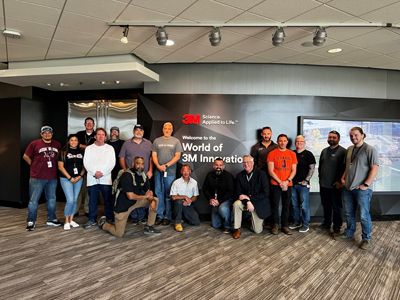









Stacey Phillips Ronak